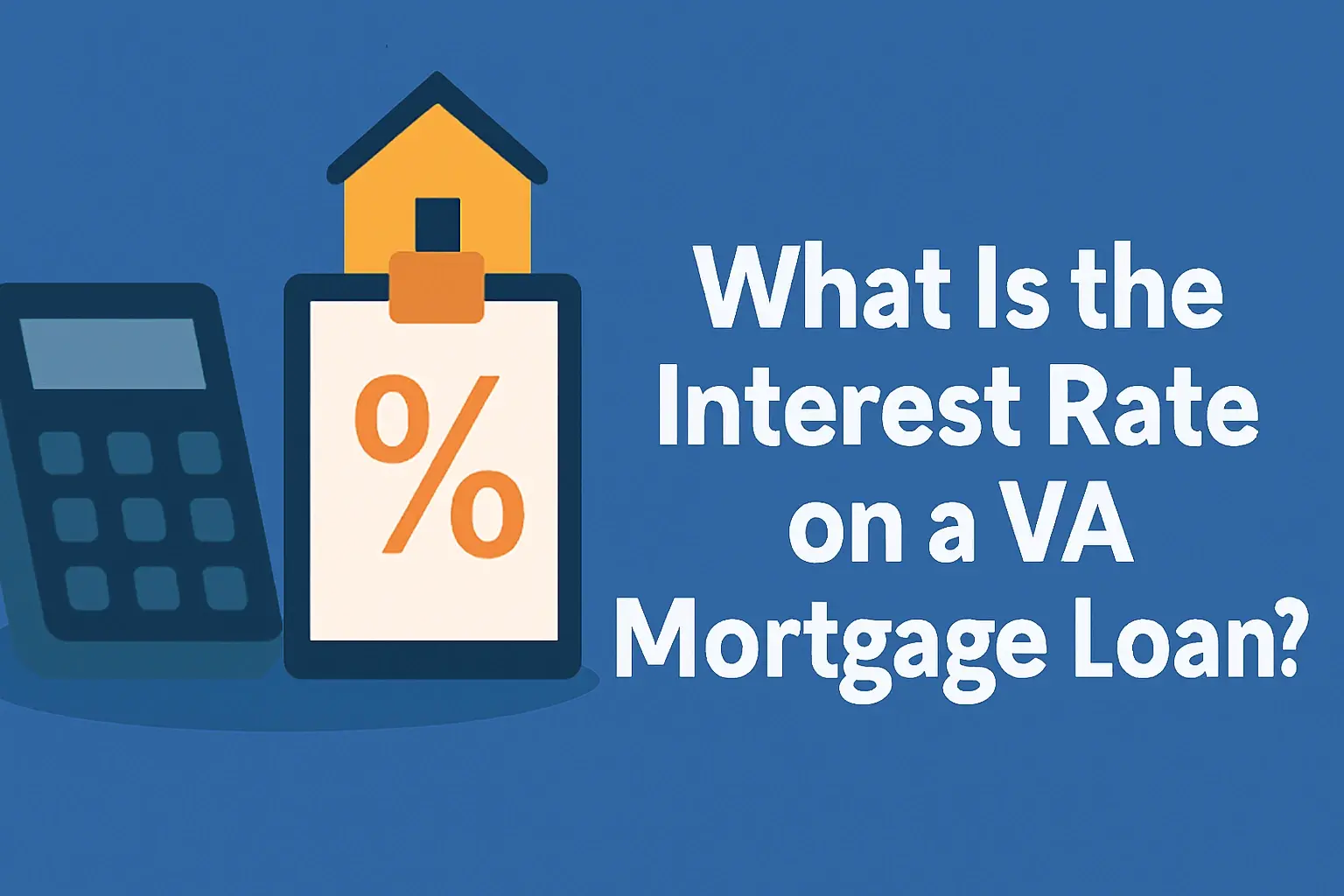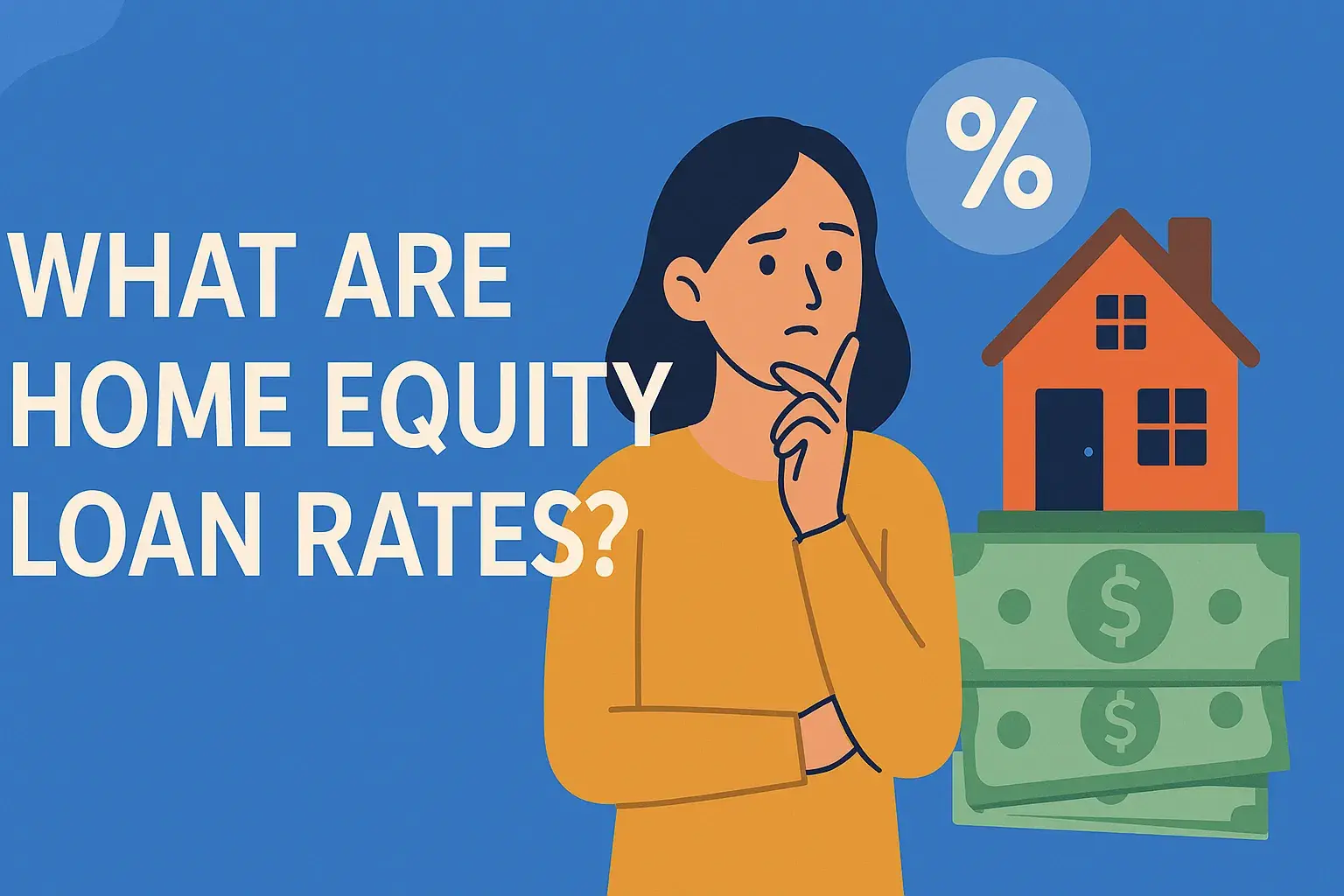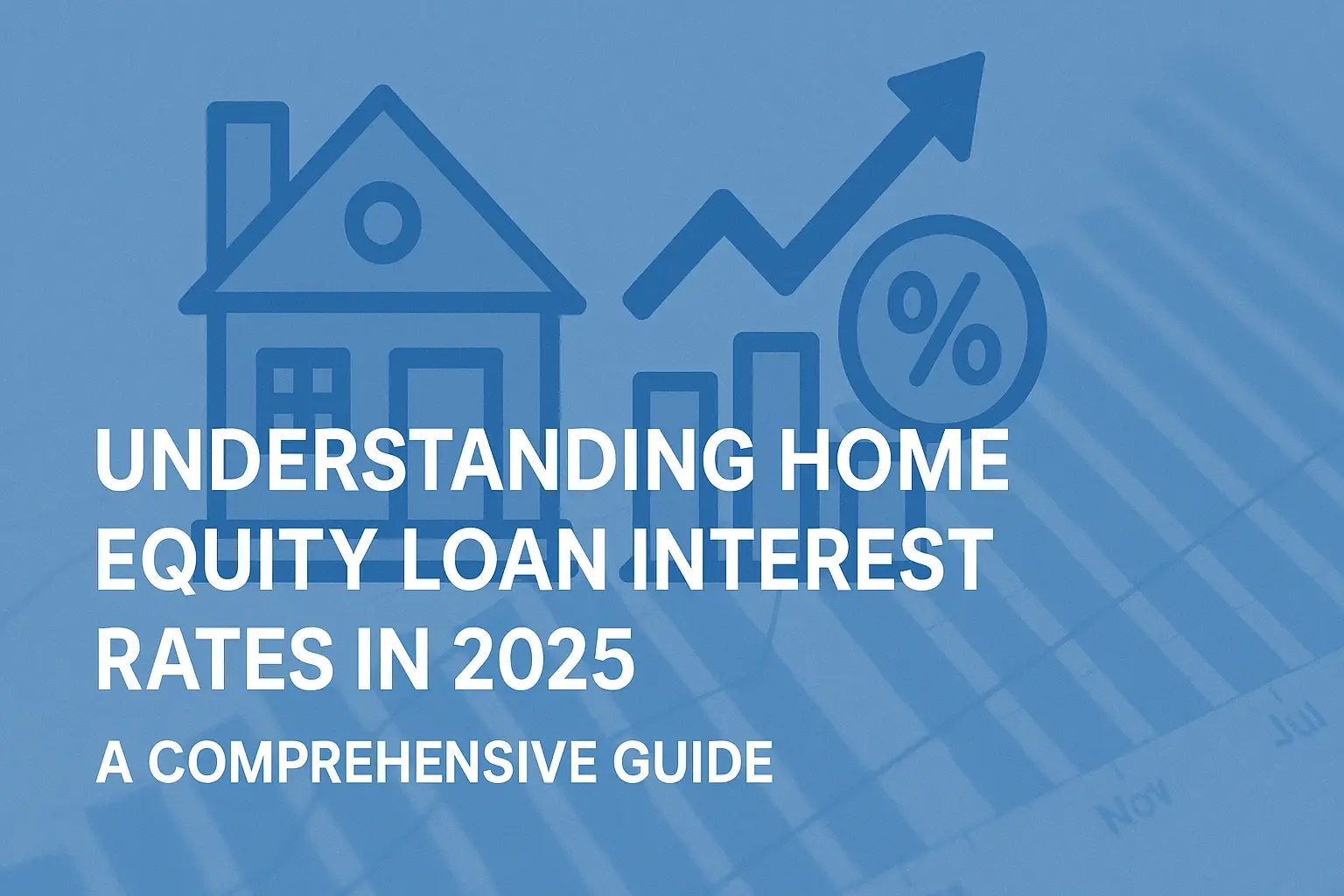Dreaming of owning your own home? A $250,000 house can be a realistic goal for many, but understanding the financial requirements is crucial before taking the plunge. This comprehensive guide breaks down the income needed to comfortably afford a $250,000 house, taking into account various factors beyond just the sticker price.
Understanding the Basics of Home Affordability
Simply knowing the price of a house isn't enough to determine affordability. Several factors come into play, including your income, debt-to-income ratio (DTI), down payment, credit score, and prevailing interest rates. Ignoring these elements can lead to financial strain and even foreclosure down the line.
The 28/36 Rule
A common guideline in the mortgage industry is the 28/36 rule. This rule suggests that no more than 28% of your gross monthly income should be spent on housing costs (including mortgage payment, property taxes, and homeowners insurance). Additionally, no more than 36% of your gross monthly income should be spent on total debt, encompassing housing costs plus other debts like credit card payments, student loans, and car loans.
Calculating the Ideal Income for a $250,000 House
Let's break down how to calculate the income you need for a $250,000 house using the 28/36 rule and other essential considerations.
1. Estimating Your Monthly Mortgage Payment
Your mortgage payment is the largest component of your housing costs. It depends on several factors:
- Loan Amount: This is the house price minus your down payment. A larger down payment means a smaller loan amount and lower monthly payments.
- Interest Rate: Mortgage rates fluctuate based on economic conditions. Check current interest rates online from reputable lenders.
- Loan Term: The loan term is the length of time you have to repay the loan. Common terms are 15, 20, and 30 years. A longer term results in lower monthly payments but higher overall interest paid.
Use online mortgage calculators to estimate your monthly payment. For example, assuming a 20% down payment ($50,000), a loan amount of $200,000, a 6.5% interest rate, and a 30-year term, your estimated monthly principal and interest payment would be around $1,264.
2. Factoring in Property Taxes
Property taxes vary significantly depending on your location. They are typically calculated as a percentage of your property's assessed value. Research the property tax rate in the area where you plan to buy. For example, if the property tax rate is 1% of the assessed value ($250,000), your annual property taxes would be $2,500, or about $208 per month.
3. Accounting for Homeowners Insurance
Homeowners insurance protects your property from damage or loss due to events like fire, wind, or theft. The cost of homeowners insurance depends on factors like the location, size, and age of the house, as well as the coverage limits. Expect to pay around $100-$200 per month, or $1200-$2400 annually. Let's assume $150 per month for this example.
4. Considering Private Mortgage Insurance (PMI)
If you put down less than 20% of the home's purchase price, you'll likely be required to pay private mortgage insurance (PMI). PMI protects the lender if you default on your loan. The cost of PMI varies but typically ranges from 0.5% to 1% of the loan amount annually. Since we're assuming a 20% down payment in our primary example, we won't include PMI in this calculation. However, if you put down less than 20%, factor this into your monthly costs.
5. Estimating Other Housing Costs
Don't forget to budget for other housing-related expenses, such as:
- Homeowners Association (HOA) Fees: If the property is in a community with an HOA, you'll need to pay monthly fees to cover common area maintenance.
- Maintenance and Repairs: Budget for unexpected repairs, like a leaky roof or a broken appliance. A general rule of thumb is to set aside 1% of the home's value annually for maintenance (in this case, $2,500 per year or about $208 per month).
- Utilities: Estimate your monthly utility bills, including electricity, gas, water, sewer, and trash.
For simplicity, let's estimate these "other costs" to be around $400 per month combined.
6. Calculating Total Monthly Housing Costs
Adding up all these expenses, we get:
- Mortgage Payment (Principal & Interest): $1,264
- Property Taxes: $208
- Homeowners Insurance: $150
- Other Costs: $400
- Total Monthly Housing Costs: $2,022
7. Determining the Required Income Based on the 28/36 Rule
Using the 28/36 rule, we can determine the income required to comfortably afford these housing costs. According to the 28% rule:
Required Monthly Income = Total Monthly Housing Costs / 0.28
Required Monthly Income = $2,022 / 0.28 = $7,221.43
Required Annual Income = $7,221.43 * 12 = $86,657.16
Therefore, based on this simplified example, you would need an annual income of approximately $86,657 to comfortably afford a $250,000 house, adhering to the 28% rule.
8. Considering the 36% Rule (Total Debt)
The 36% rule considers all your debt, not just housing costs. Let's say you have $500 in monthly credit card payments and $300 in student loan payments. Your total monthly debt (excluding housing) is $800.
Total Monthly Debt (Including Housing) = $2,022 (housing) + $800 (other debts) = $2,822
Required Monthly Income = Total Monthly Debt / 0.36
Required Monthly Income = $2,822 / 0.36 = $7,838.89
Required Annual Income = $7,838.89 * 12 = $94,066.68
In this scenario, considering your other debts, you would need an annual income of approximately $94,067 to comfortably afford the $250,000 house while adhering to the 36% rule.
Other Factors Affecting Affordability
While the 28/36 rule provides a good starting point, several other factors can influence your ability to afford a $250,000 house:
Credit Score
A higher credit score can qualify you for lower interest rates, saving you thousands of dollars over the life of the loan. Check your credit score and address any issues before applying for a mortgage.
Down Payment
A larger down payment reduces the loan amount, lowers your monthly payments, and helps you avoid PMI. Saving for a larger down payment can significantly improve your affordability.
Location
Property taxes, insurance rates, and utility costs vary widely depending on the location. Research these costs in the areas you're considering.
Job Security
Lenders want to see stable employment history. Having a secure job provides reassurance that you can consistently make your mortgage payments.
Savings and Emergency Fund
Having a healthy savings account and emergency fund provides a financial cushion to cover unexpected expenses and avoid falling behind on your mortgage payments.
Tips to Improve Your Affordability
If you're not quite at the income level required to comfortably afford a $250,000 house, here are some strategies to improve your affordability:
- Reduce Debt: Pay down high-interest debt like credit card balances.
- Increase Your Income: Explore opportunities to increase your income through a raise, promotion, or side hustle.
- Save More for a Down Payment: The larger your down payment, the less you'll need to borrow.
- Improve Your Credit Score: Pay your bills on time and keep your credit utilization low.
- Shop Around for Mortgage Rates: Get quotes from multiple lenders to find the best interest rate.
- Consider a Smaller House: If affordability is a major concern, consider purchasing a smaller or less expensive house.









